Getting the Balance Right Between Value Protection and Value Creation
Grant Thornton's latest report The Board: creating and protecting value, considers how for purpose and profit organisations in the UK are finding the balance using my work into DLMA Analysis.*
According to the report, DLMA Analysis:
"is a simple yet powerful tool which provides a framework with which to evaluate how well an organisation is performing regarding the balance of skills, understanding of roles and responsibilities between the executive and Board and the alignment between the balance of energies between risk (value protection) and opportunity (value creation) and the overarching strategy and purpose."
To understand the key concepts, follow my presentation to the 2016 Better Boards Conference:
















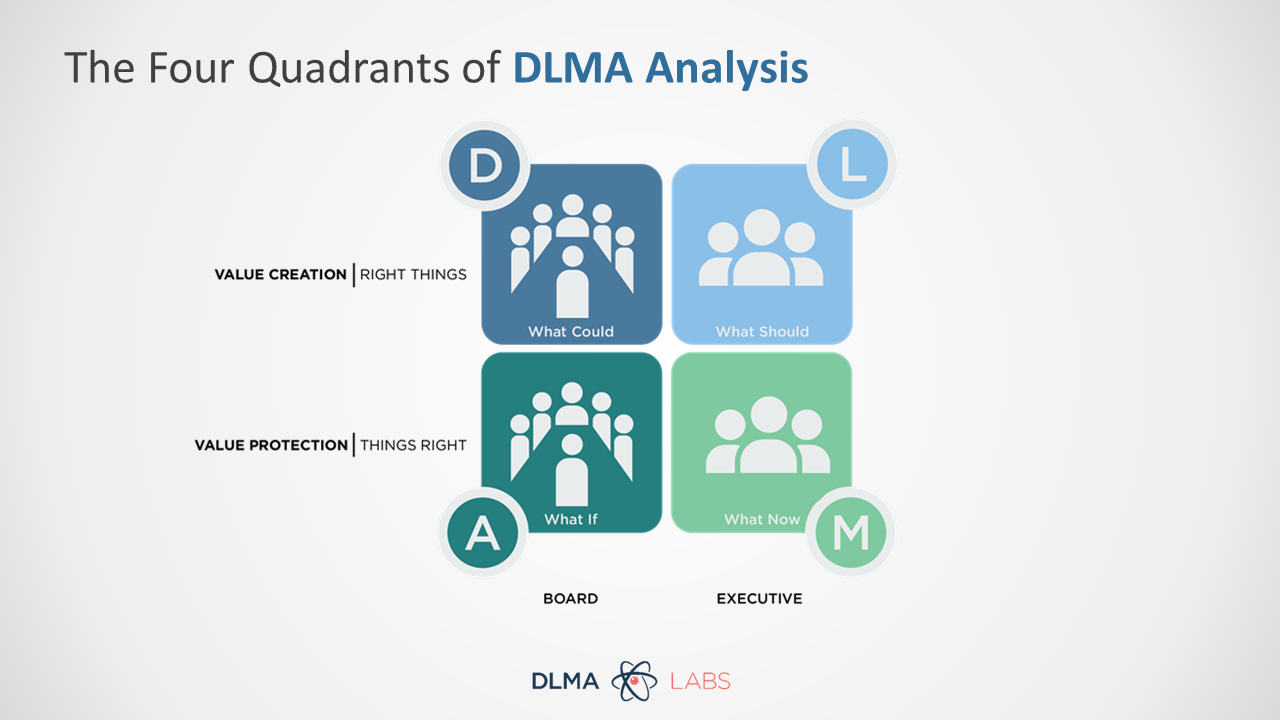
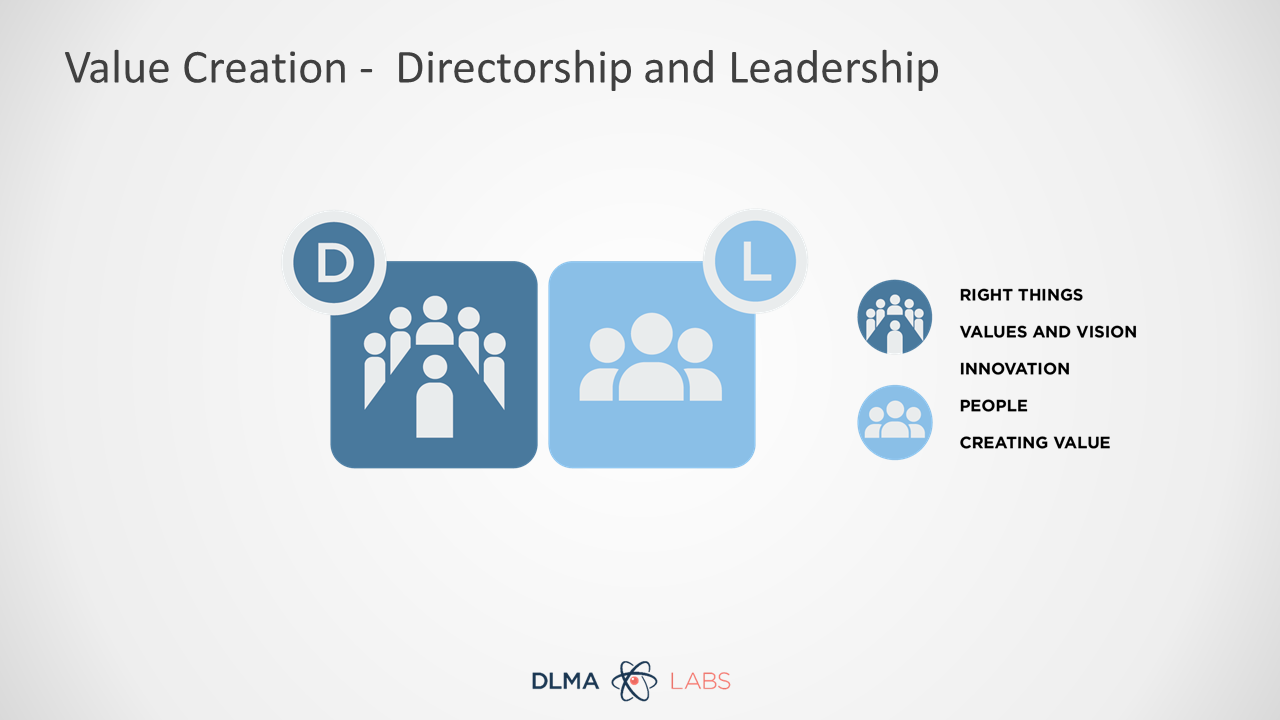
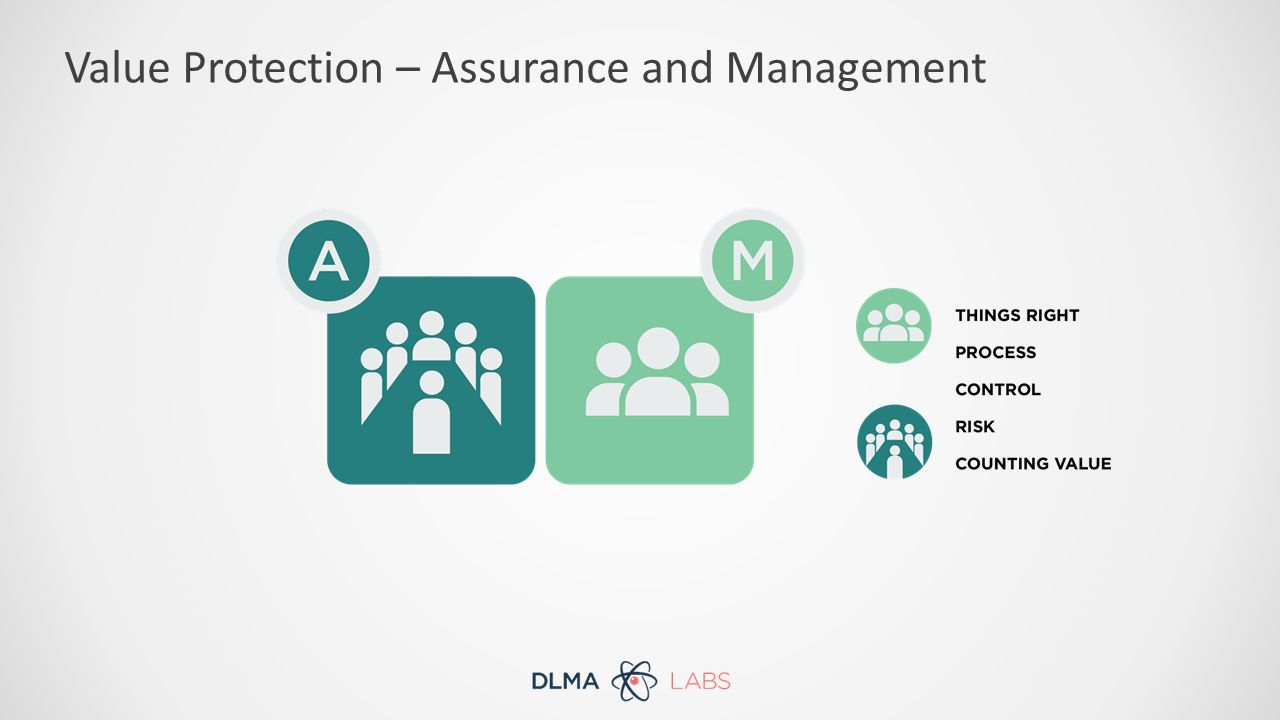
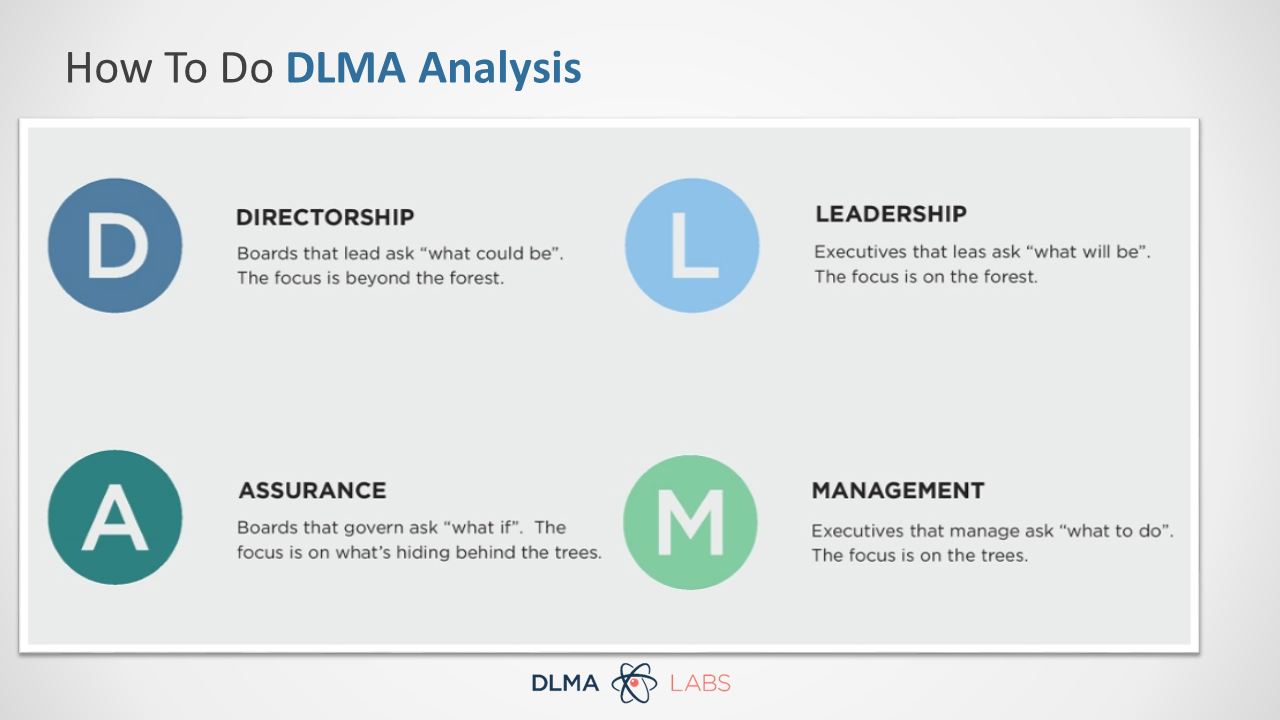

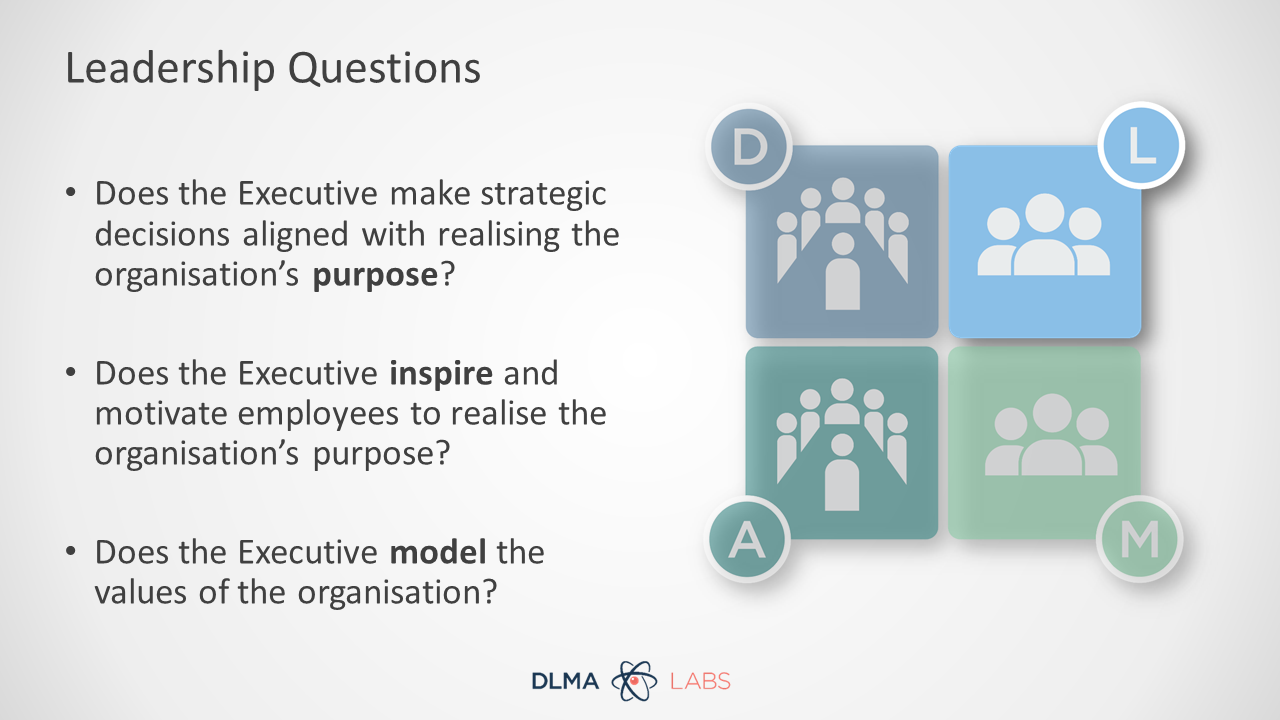
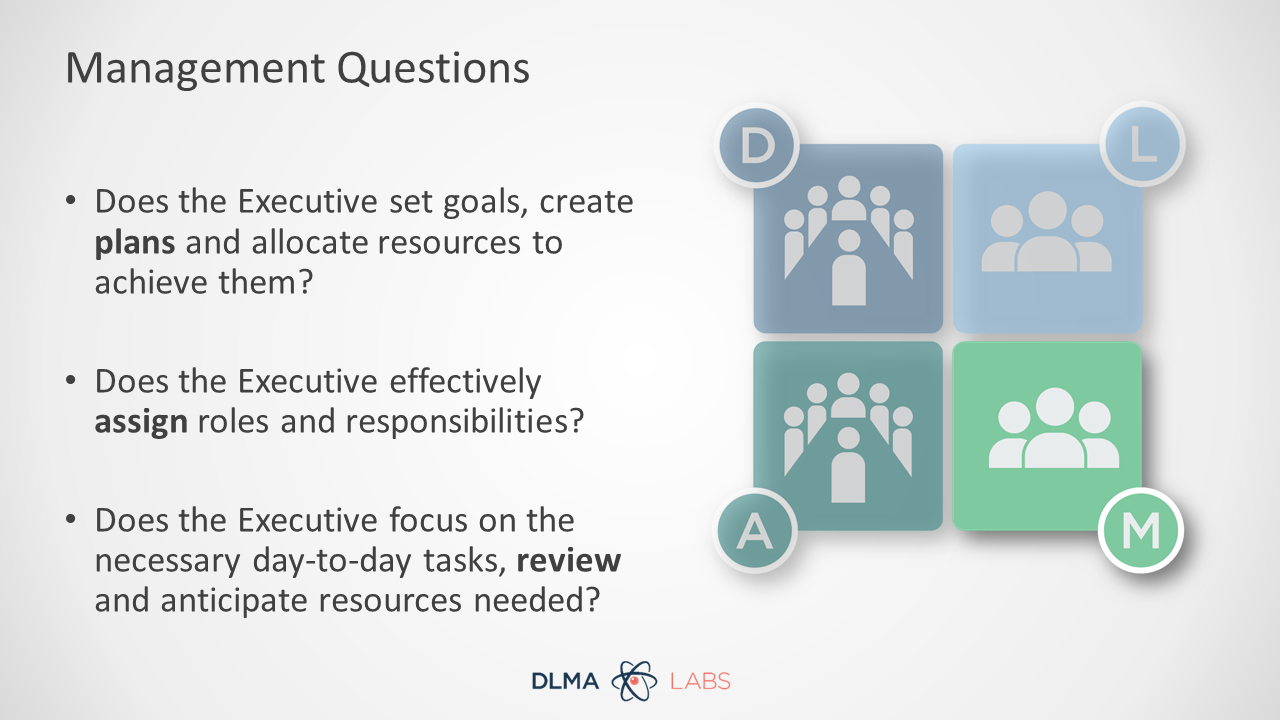
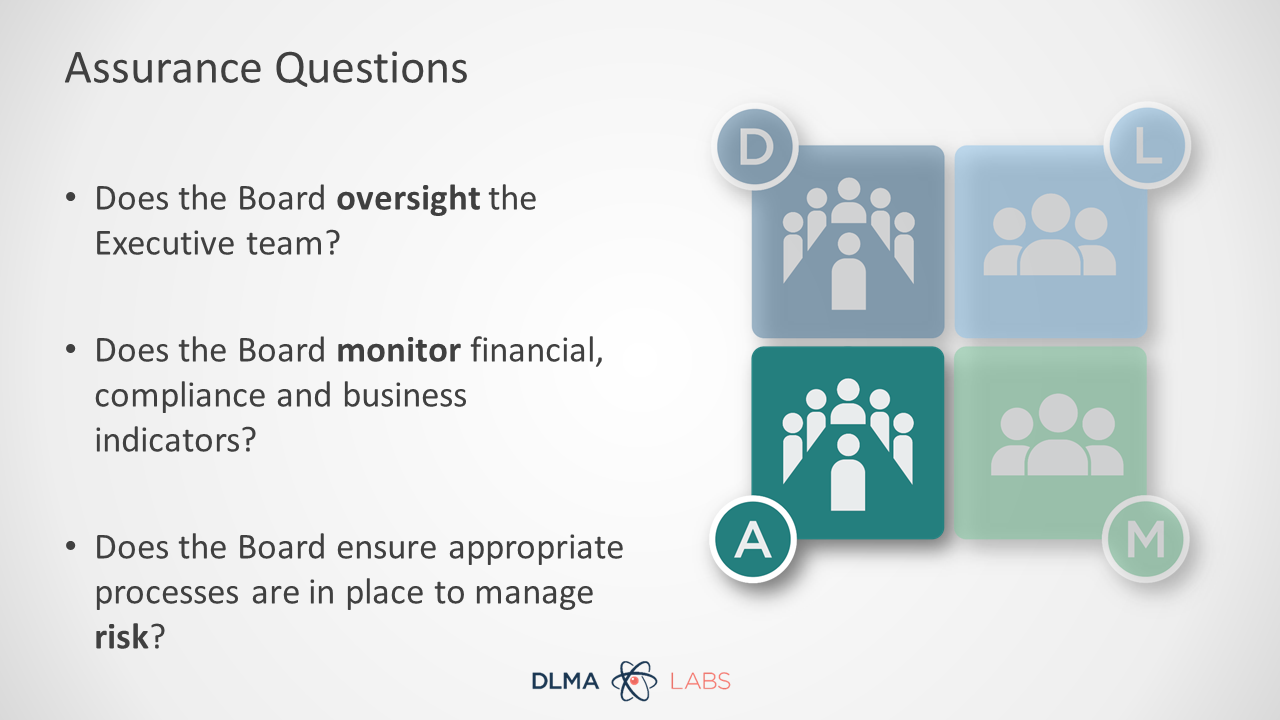

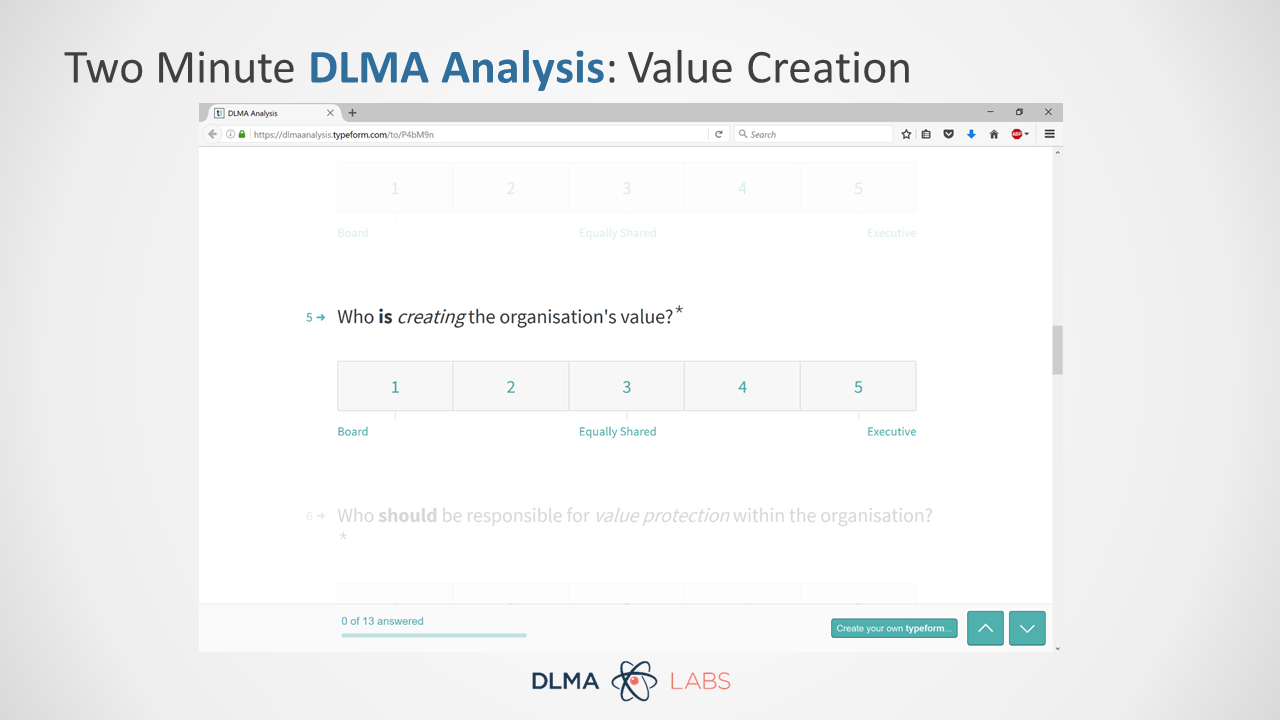
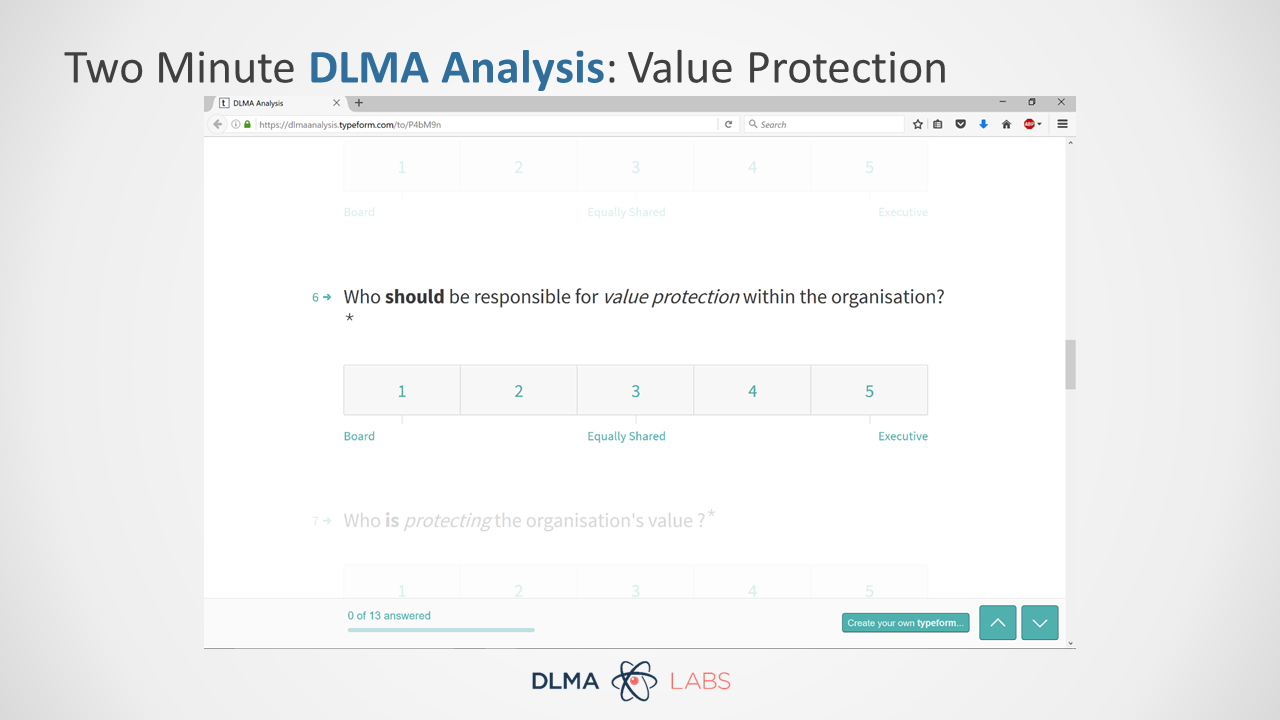
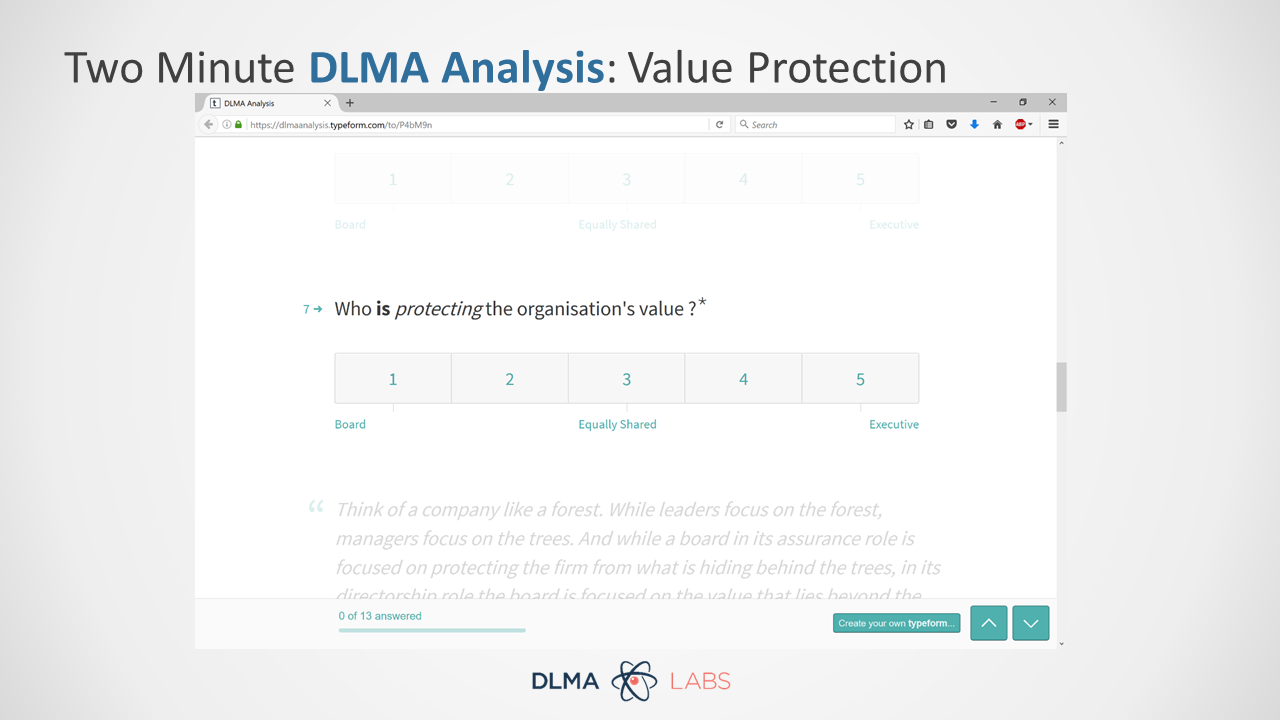
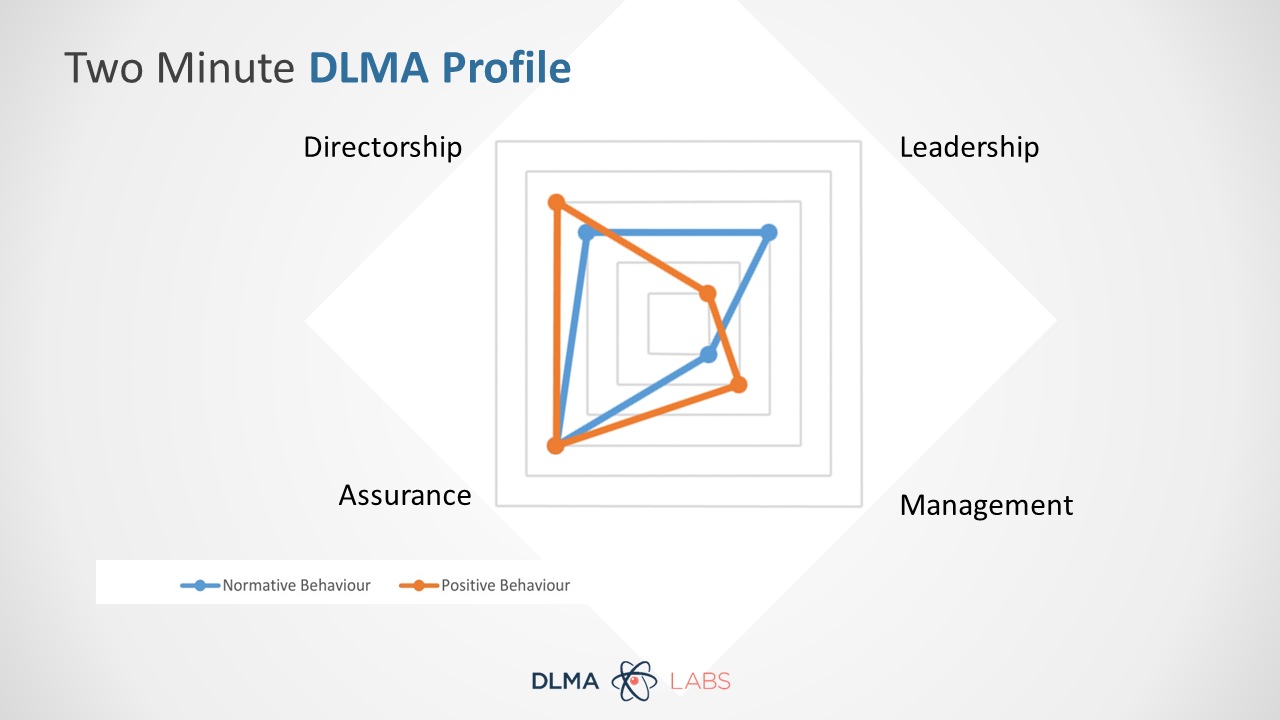

Applying my model to a survey of company directors, company secretaries, and executivesGrant Thornton found:
27% of respondents thought there was Directorship role for non executives when it came to designing, debating and deciding the organisation's future.
14% of respondents questioned whether the non executive directors were exercising oversight in their Assurance role.
88% of respondents in all sectors thought their organisation's dominant control function was Leadership.
Most surprisingly, the Report found that only 18% of respondents thought that company directors were not guiding and inspiring executives. I haven't seen the survey, but I wouldn't be surprised if the figure of 18% represented the total number of executives who participated in the survey. A feeling confirmed from this finding:
"There was also a strongly held view that non executives do not inspire and guide the executive to realise the organisation's purpose, and that this shouldn't be expected ."
But as one CFO in Local Government explained non executives "make it difficult, rather than inspire".
For the observant, you may have noticed this sentiment in my slides. There's an expression for a certain type of director in Australia (and I expect the world). They're called "seagulls" - They fly in. Drop their contribution on the executive from a great height. Then fly out.
If your interested in DLMA Analysis I encourage you to read the Report and get in touch with me.
*Though Grant Thornton utilize my work I was not involved in the preparation and in no way is this post endorsed by them.

